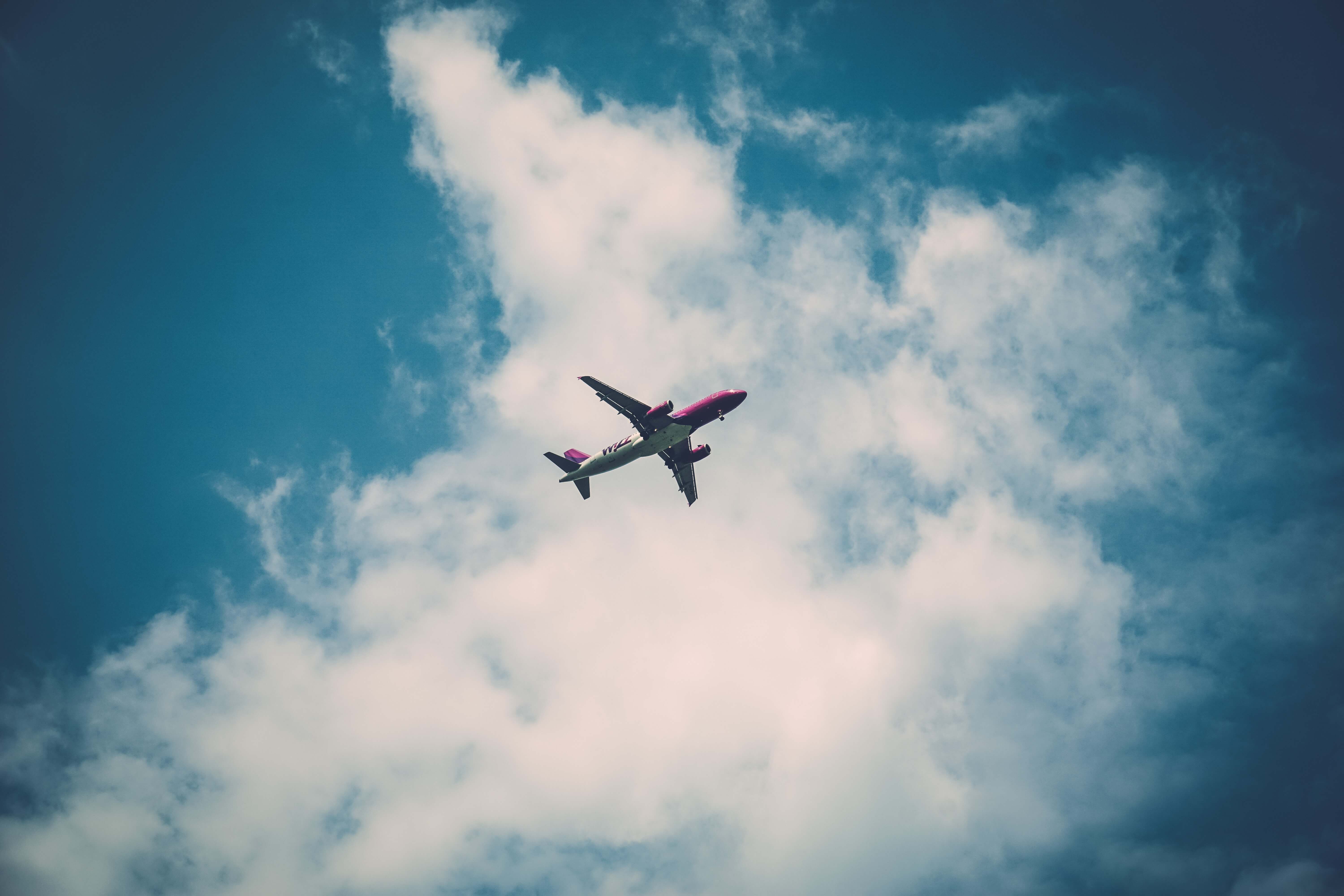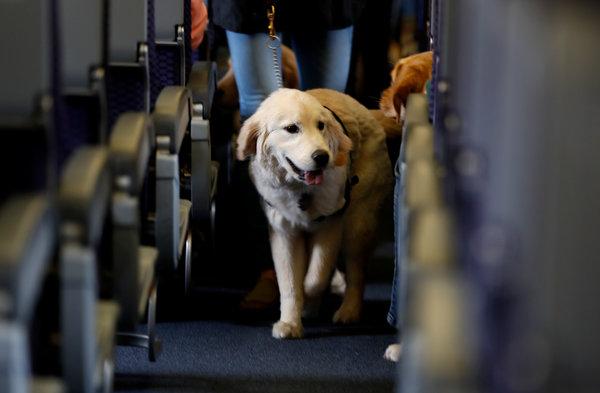2018-09-20

When planning a trip, many owners are wondering which is the best solution for their beloved pets. A pet sitter or a boarding kennel are good options when all family members travel. If possible, cats prefer to stay at home because of their shyness. Dogs tend to accompany their owners everywhere. They will probably be happier to go on a short trip by car (like a day trip) than stay at home. Driving with your own car with your dog is a common and convenient way to travel. But if you have decided that the best option is to take your dog on a long journey, how do you choose the most comfortable and safe transport for your pet? Normally, driving from province to province or from country to country takes a long time, with many hours in the car, which can cause discomfort for your dog or unforeseen accidents. Airplanes are the fastest transport for you and your dog, but it is also a somewhat complicated method that requires some preparation. Do you know the requirements and what you should consider before flying?
Before booking a plane ticket, we recommend that you read the following tips that can help you plan your trip:
Air travel can be risky for your dog
Most airlines assume no responsibility for the illness or death of an animal due to an existing health condition. For example, brachycephalic animals with “pushed in” faces such as Persian cats and bulldogs, are particularly susceptible to oxygen deficiency and may experience breathing difficulties due to their short nasal passages. Although there is enough oxygen in the cargo, accidents caused by a lack of oxygen continue to occur every year. Therefore, it is advisable to bring your brachycephalic dog into the cabin so that it can move freely in a larger area.

Choose the cabin if it is possible
Almost all dog breeds are allowed to travel in the cabin, but some airlines reject the large animals (over 15kg) that could lead to fear or inconvenience for passengers or staff. These animals must travel in the cargo area of the aircraft, which carries a lot of risk due to turbulence, lack of water or other reasons. Therefore, people prefer to register their pet as a service dog or as an emotional support animal (ESA). One thing you should know is that only service dogs and ESAs are allowed to fly with the owner in the cabin. You should obtain a certificate for your dog prior to booking the flight ticket and notify the airline that you are bringing a dog with you and inform them of its size so that they have enough time to prepare a suitable seat for you.
Follow these tips if your dog needs to fly in the cargo hold
1. Choose a direct flight. When your dog travels in cargo, you should choose a flight that flies directly to the destination. Since airline transfers mean long waiting and luggage transport, the possibility of impatience or unintentional panic can not be avoided during transport.
2. Do not give it any sedatives on your own. Vets do not recommend feeding your dog with sedatives if it is to be soothed. If it barks during the flight and gets out of control, it should be fed sedatives prescribed by your vet. To relieve anxiety, you can also give it a piece of your clothing or its toy so it can perceive a more familiar smell.
3. Do not feed your dog six hours before the journey. It is not advisable to fill the canine stomach with food to avoid vomiting during the fight, but small amounts of water are necessary. Prepare a water tray attached to the crate before leaving home.
4. Attach a travel label to the crate. Write your name, address, and telephone number on it and also attach the dog’s leash in case you can’t find your dog after arriving.